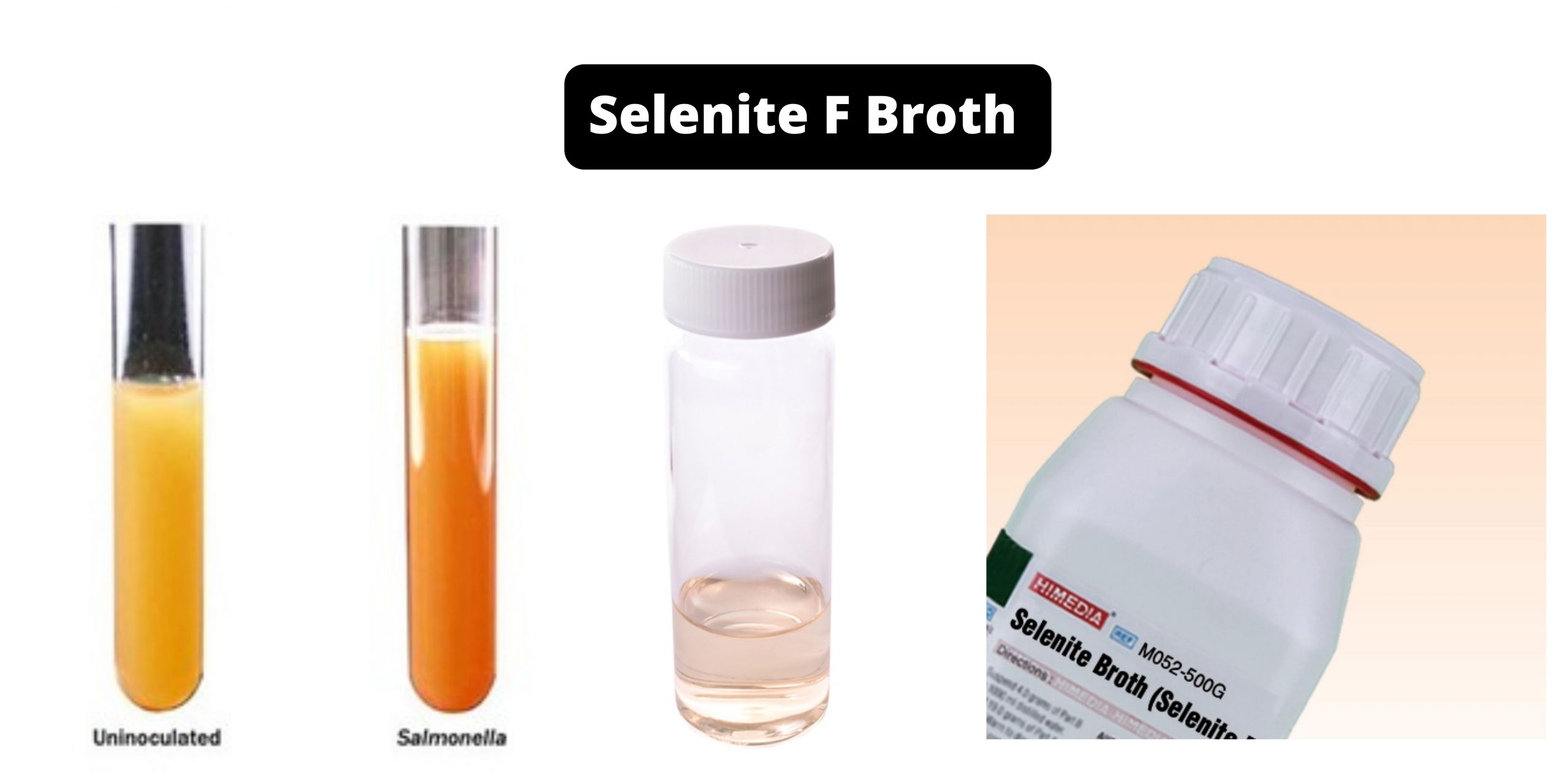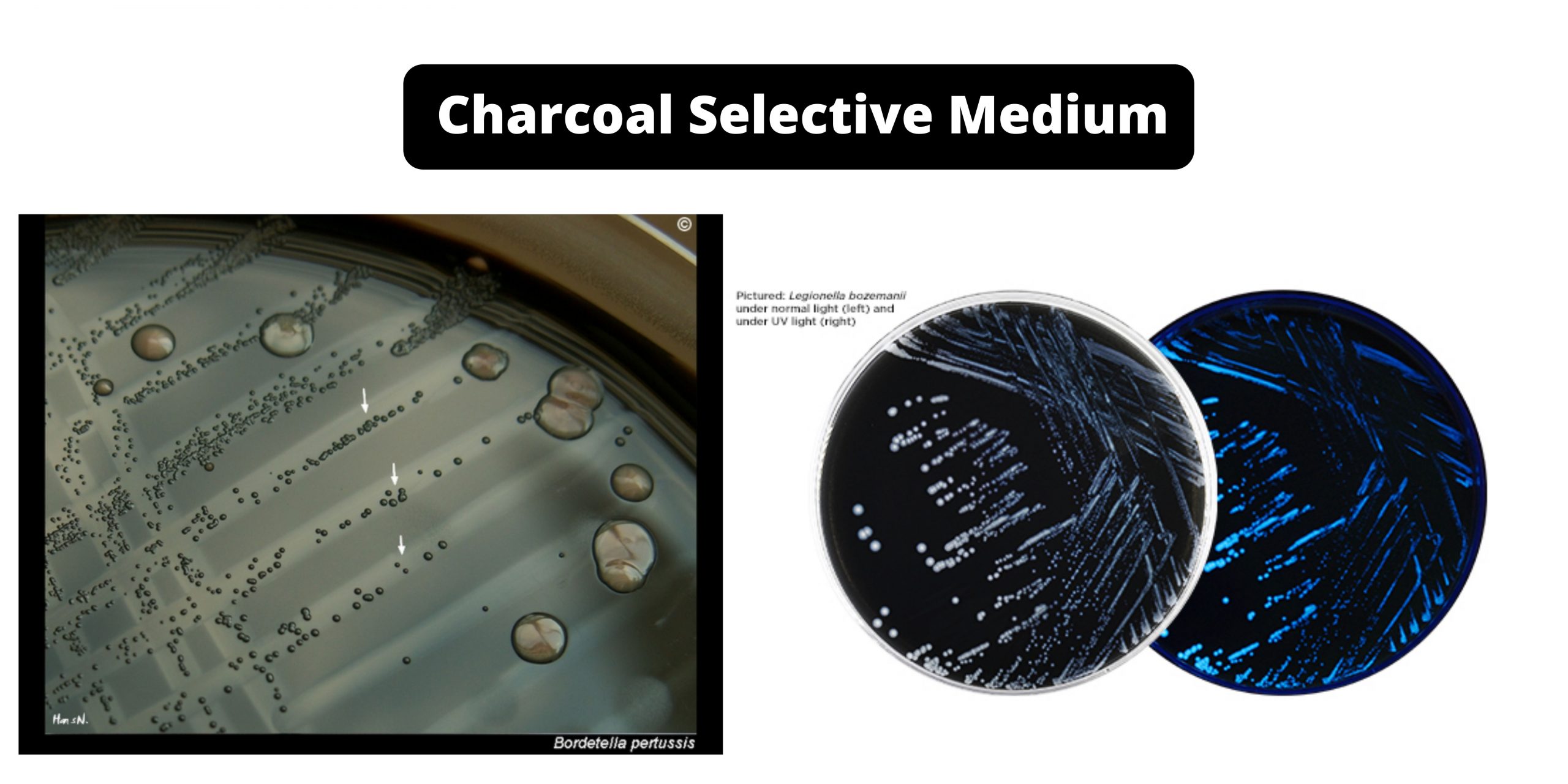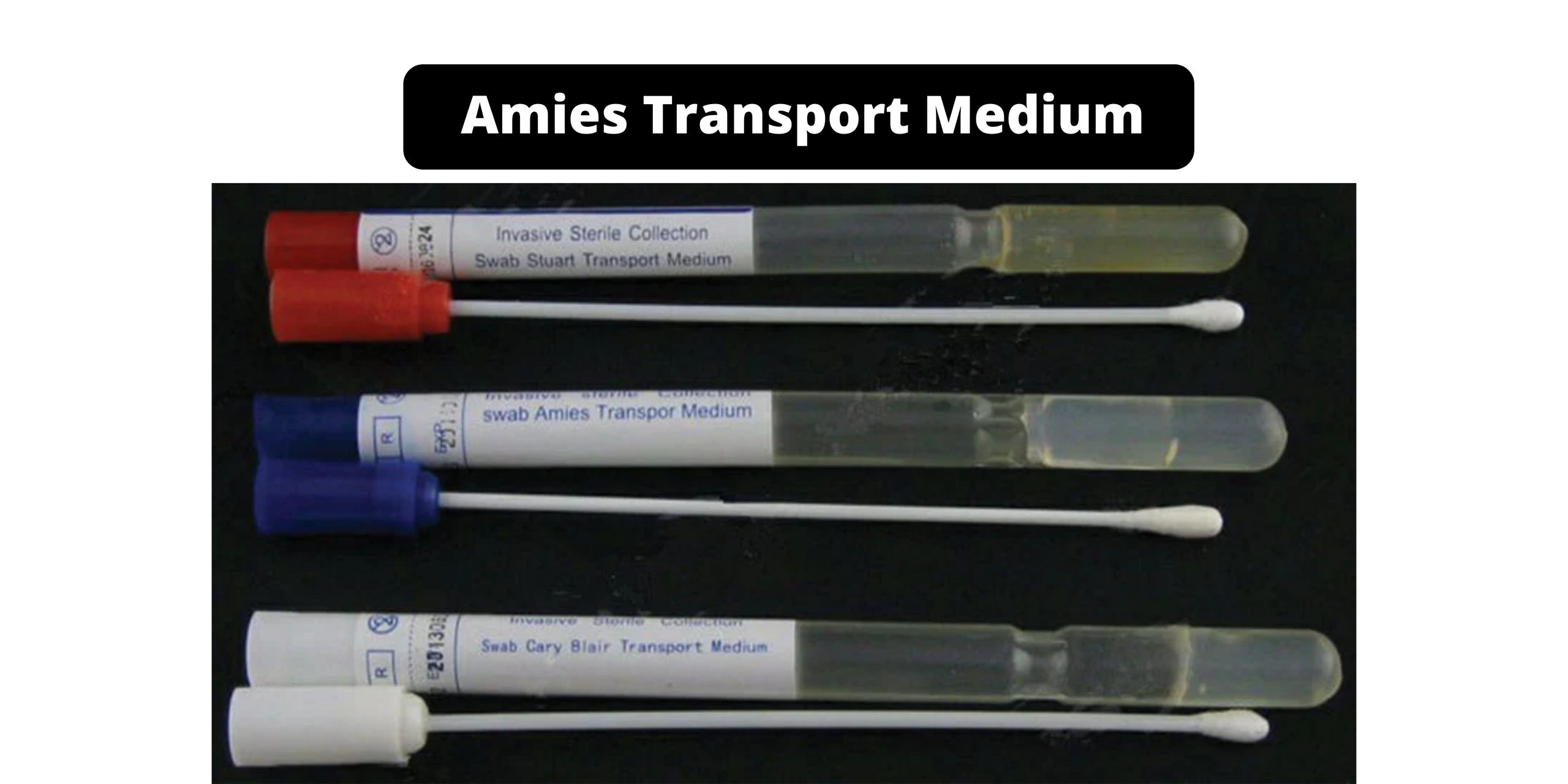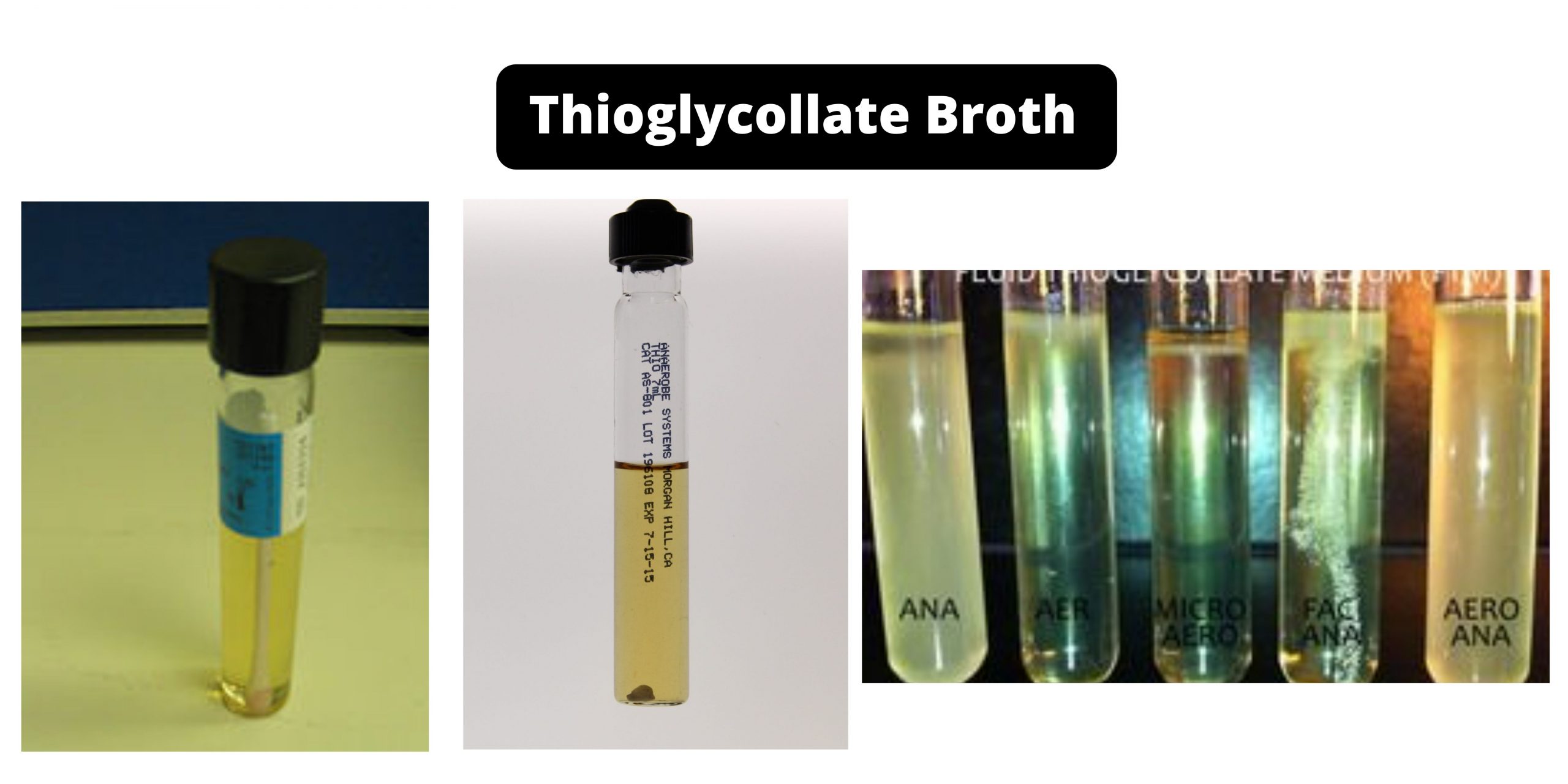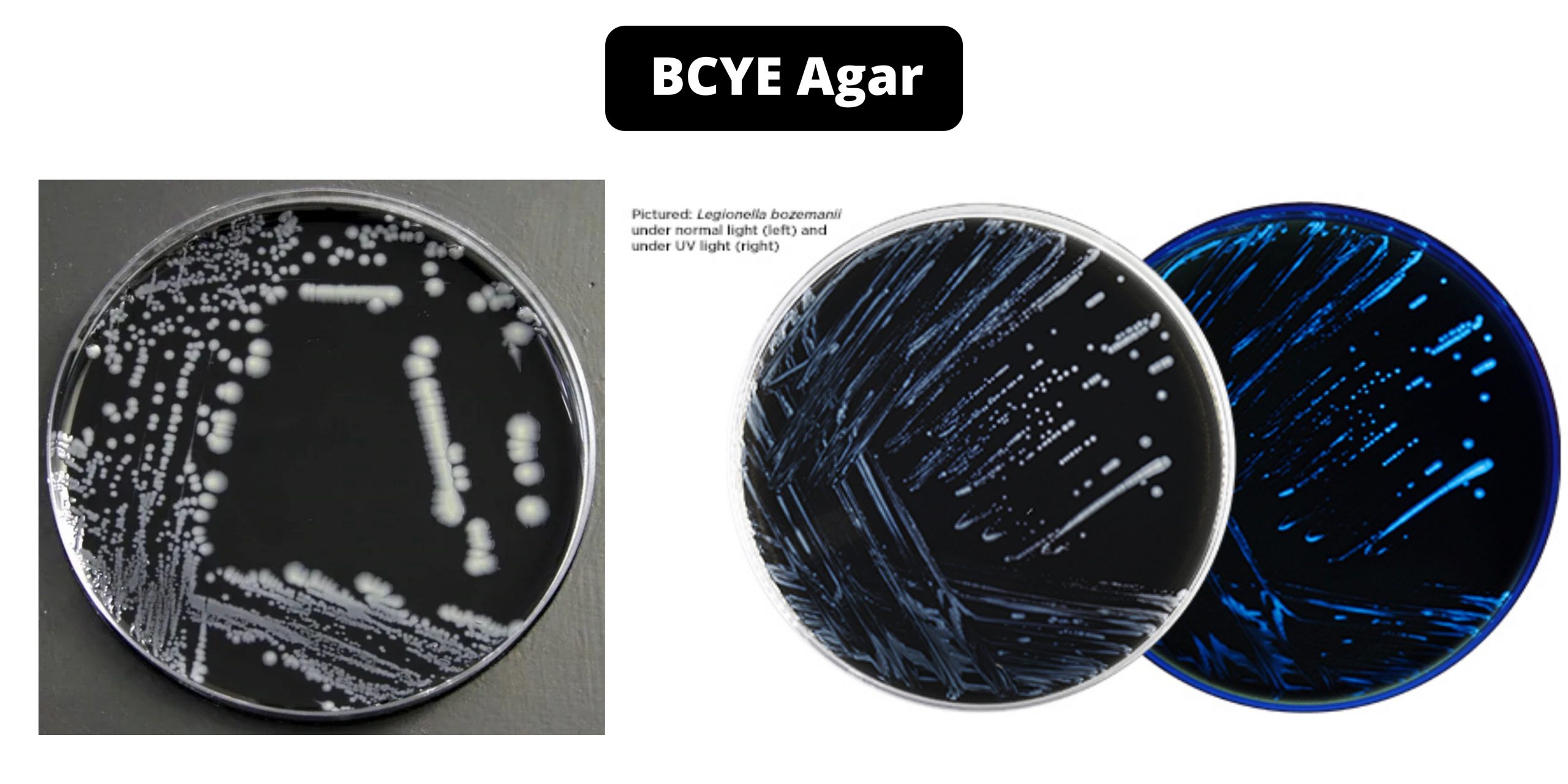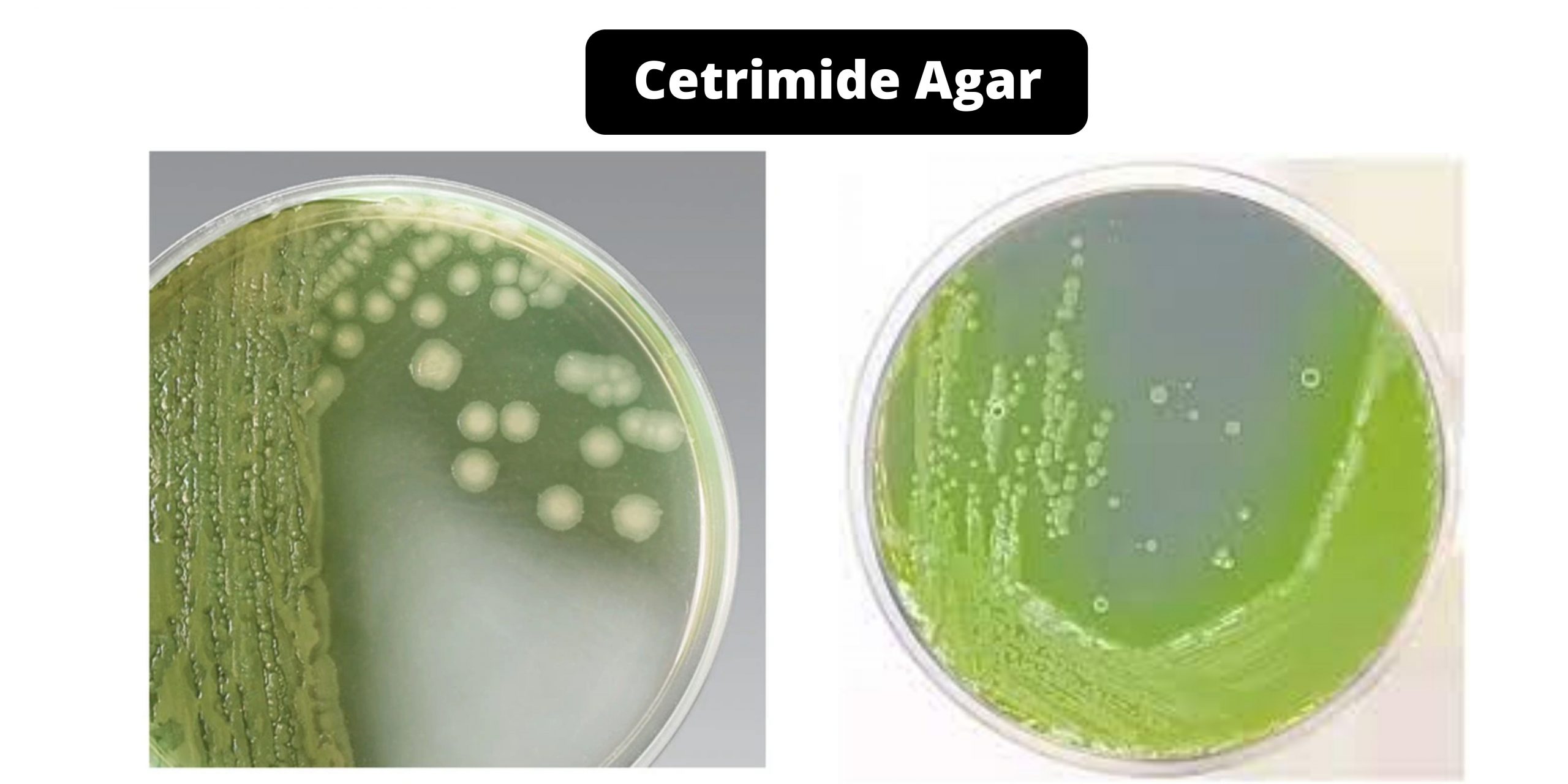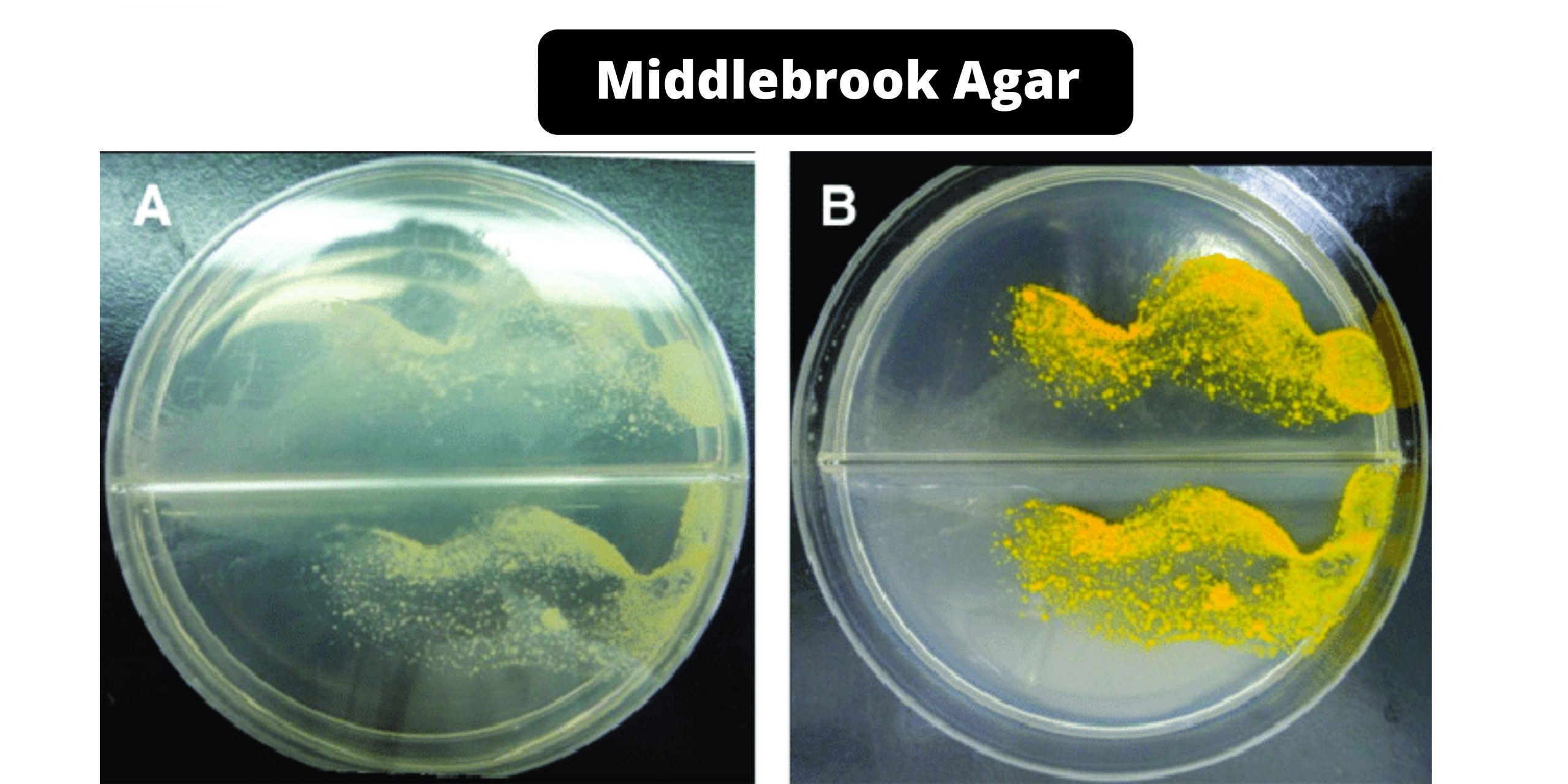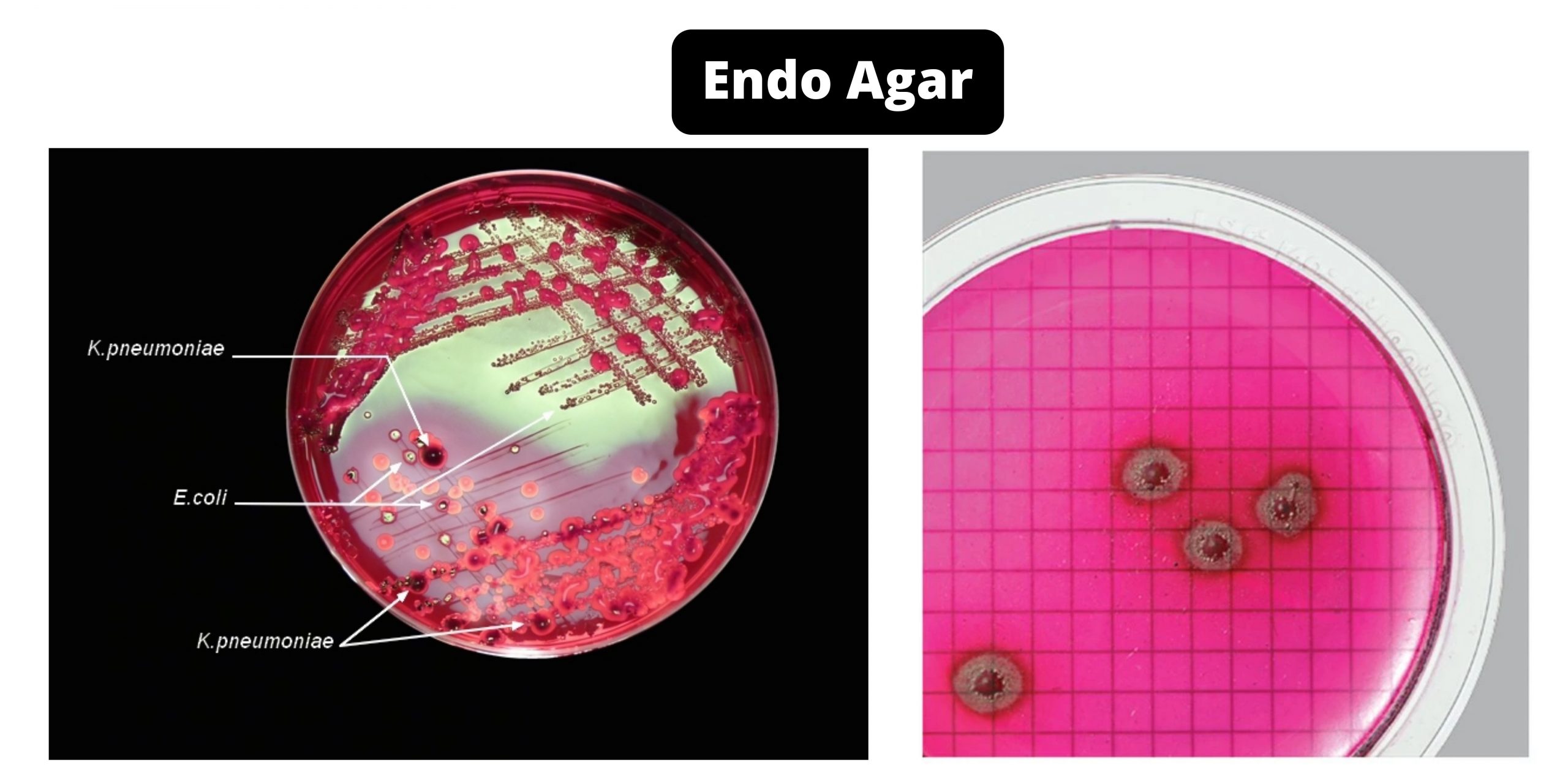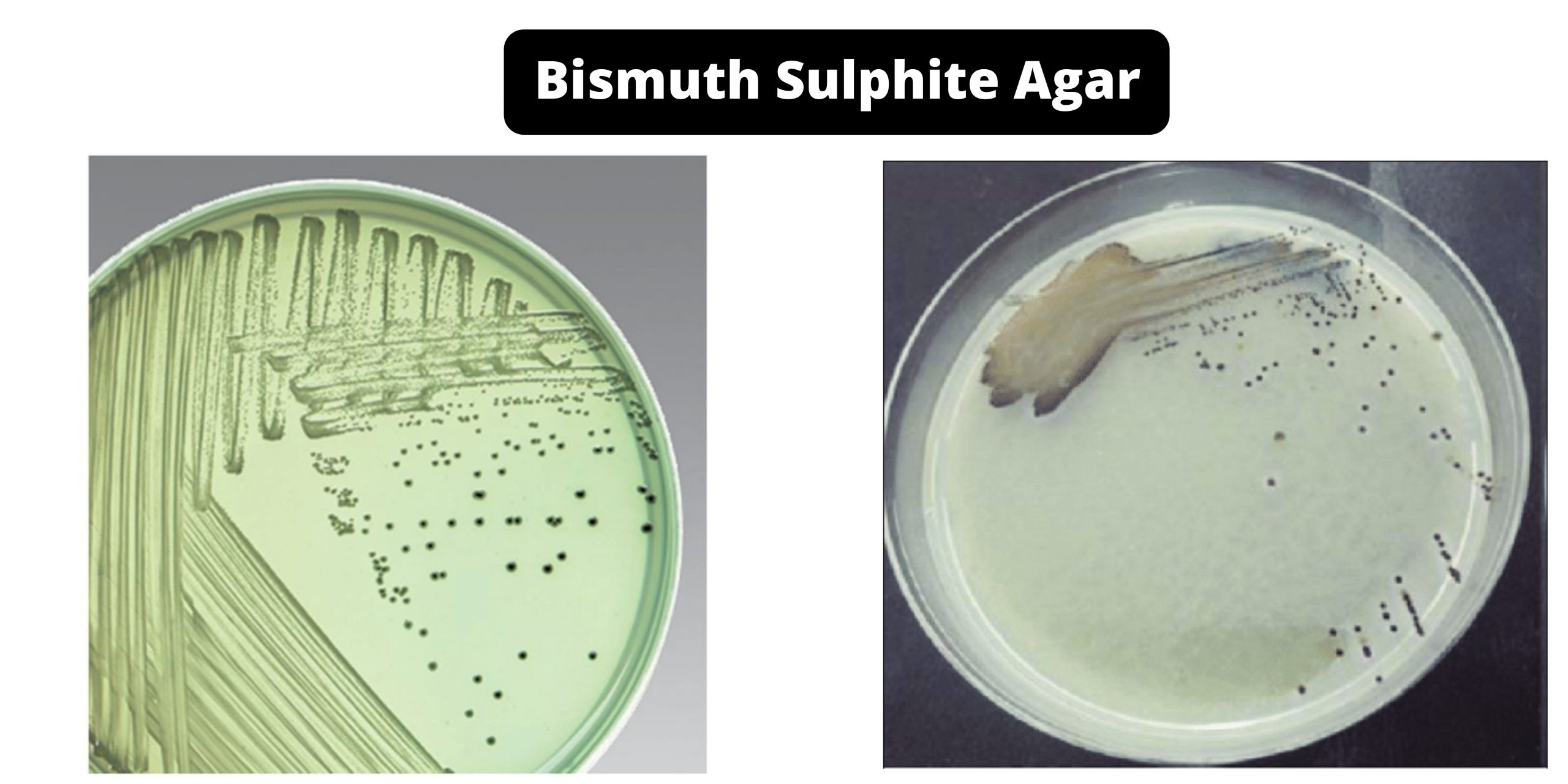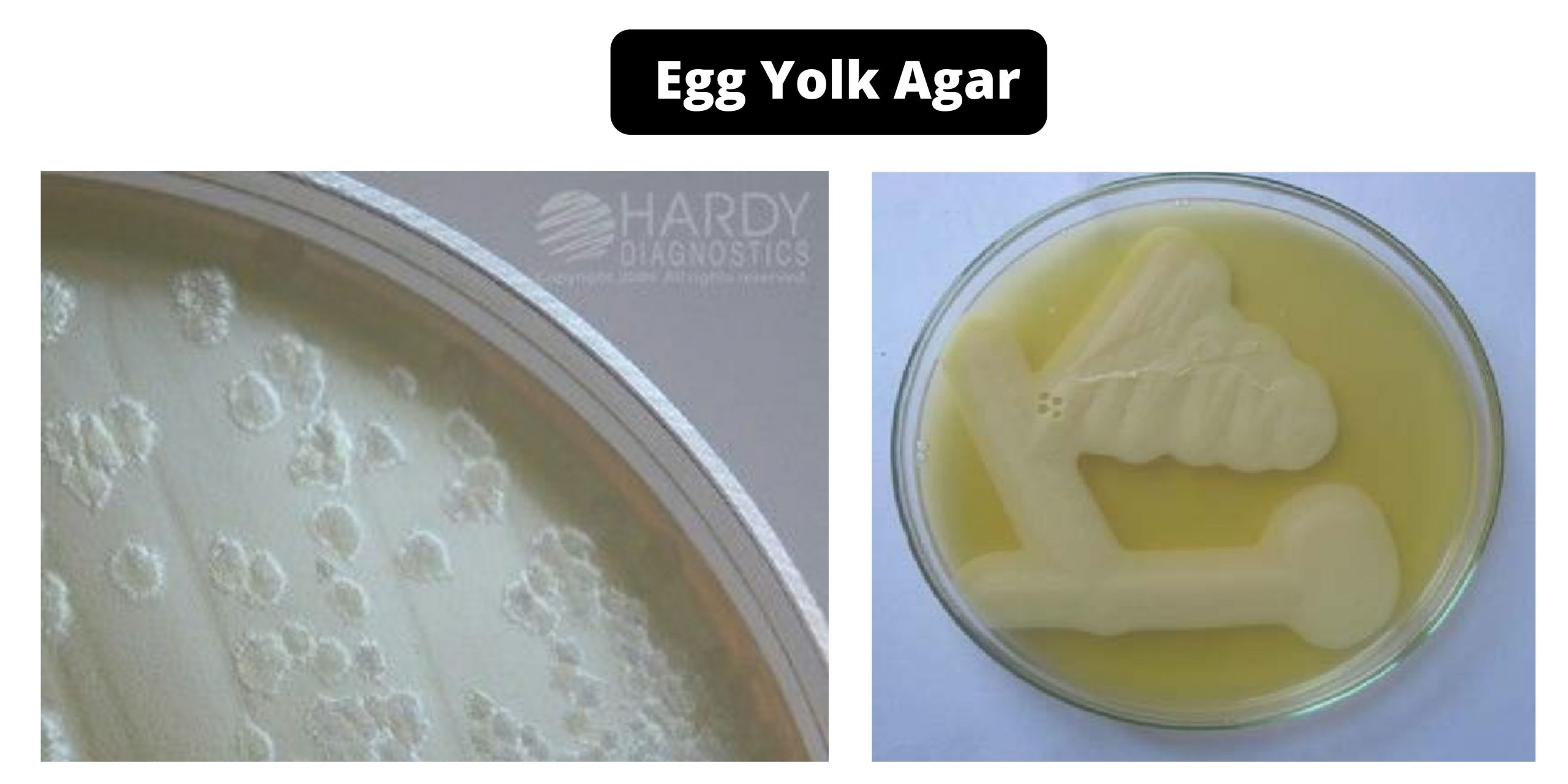Selenite F Broth – Composition, Principle, Preparation, Results, Uses
Selenite Broth was invented by Leifson who proved that selenite is inhibitory to bacteria, coliforms, and other species, like streptococci from feces, which are found in fecal samples and, consequently, beneficial in the recuperation from Salmonella species. Selenite-F Broth is utilized to enrich the environment that is buffered by Lactose Peptone Broth to which Sodium Biselenite is added to act as the agent that is selective for elimination of Salmonella from urine, feces and water, as well as food items and other substances that are of sanitary significance.
